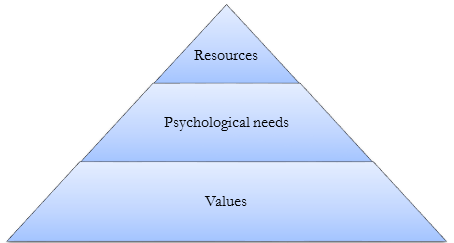When will your project finally end?
Three tips to identify the end, at the beginning
Woo-hoo! Time for a closing party! Yes, my project of building my new home is finally, well almost, complete. We are moved in and have our certificate of completion, yet the builder still has some final touches to finish. How do you know when your project is finished and you can close it? Most of my clients struggle with this question – here are three tips to help you:
1. Focus on the ending event not the date
Before you start planning your project, determine what event happens to trigger your project to start incurring time, cost, and resources. This event could be project approval, permit approval, or a previous project or phase is completed, etc. Then also determine how you’ll know that your project is complete. Common events are final payment, final approval, or 30 day post-implementation to work out bugs, etc. Failure to identify the end contributes to scope creep, being over budget, missing deadlines, and the dreaded never-ending project!
2. Determine success criteria
How will you know that your customers will be satisfied with the end result? Once you identify your stakeholders and determine what they view as success. Capture their success criteria as requirements for your project. Write clear, concise, and complete requirements, so you can verify that you met them. Then, document those requirements in your final report.
3. Create a final report
Consider including a final report as a required deliverable in your projects. What is a final report? It is a document that you present to the sponsor and/or customer that proves that you have accomplished your project and to what degree you delivered as promised. Once you receive approval on your final report then the project is complete. And then you can close out your project and celebrate!
After working with over 800 companies, I can tell you that most of them are terrible at closing their projects – usually not doing it at all. Their team members sometimes don’t know what happened, weren’t recognized for their efforts, and feel incomplete. Worst case scenarios are that the project continues incurring costs, there is no transition to the business process, and the lessons learned from the project are lost forever.
If you want to learn more about closing your projects, identifying stakeholders, and capturing requirements, contact us about our Project Management and Business Analysis workshops. We specialize in customizing these workshops to fit your specific needs on-site.
We also offer public workshops. Check them out and sign up!








